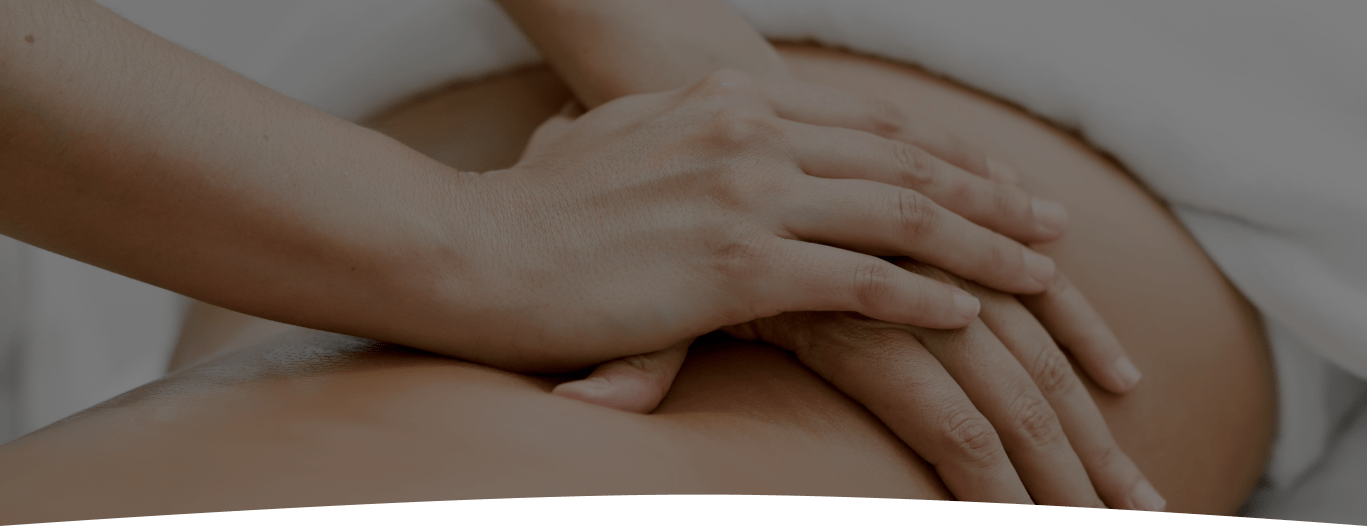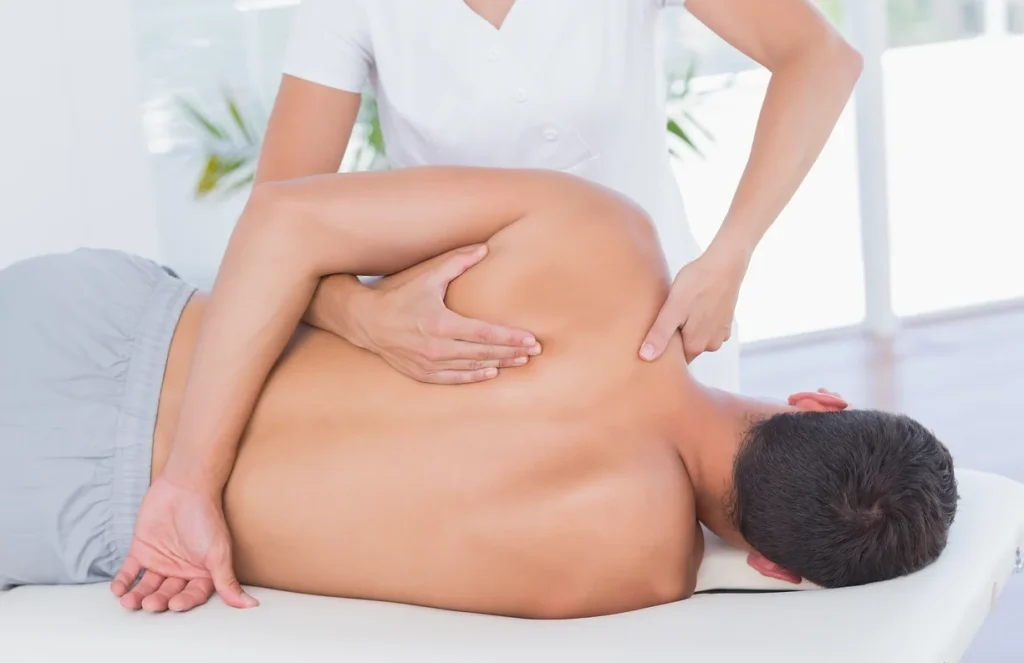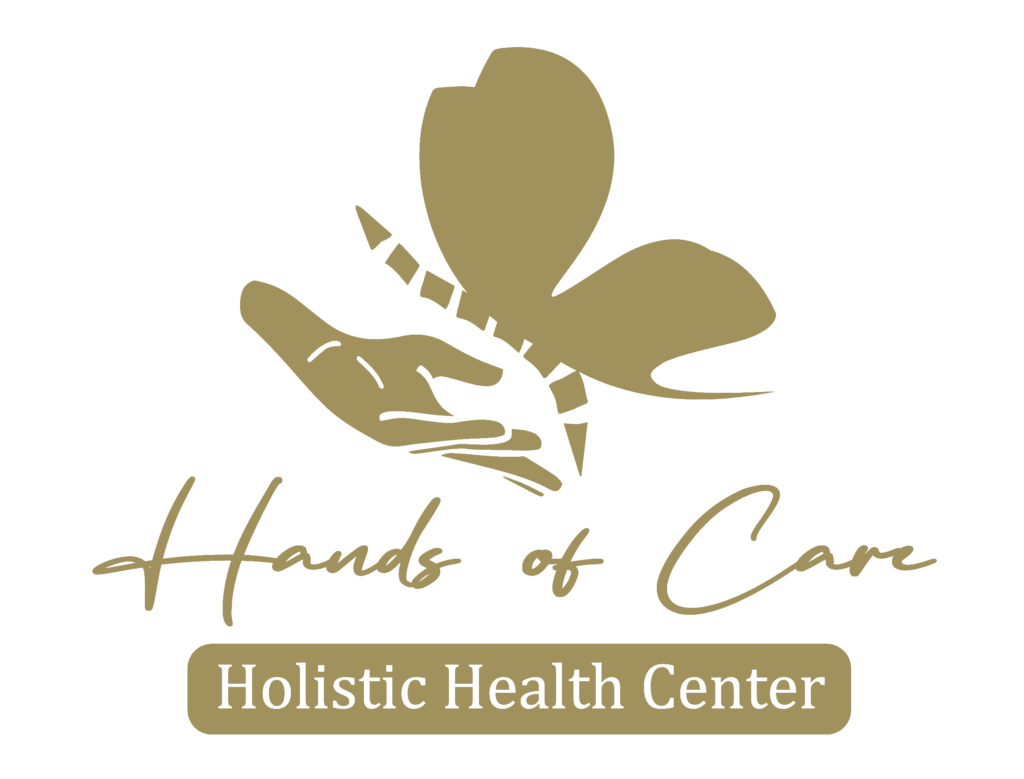
Manual Osteopathy
Manual osteopathy is a form of hands-on therapy that aims to improve overall health and well-being by addressing musculoskeletal issues and promoting the body’s natural ability to heal itself.



What is Manual Osteopathy?
Manual Osteopathy is a form of drug-free, non-invasive manual medicine that focuses on total body health by treating and strengthening the musculoskeletal framework, which includes the joints, muscles, and spine. It aims to positively affect the body’s nervous, circulatory, and lymphatic systems.
This therapy is a unique holistic (whole body) approach to health care. Manual Osteopaths do not simply concentrate on treating the problem area but use manual techniques to balance all the systems of the body to provide overall good health and well-being.
he body is restricted. In that case, the rest of the body must adapt and compensate for this, eventually leading to inflammation, pain, stiffness, and other health conditions. When the body is free of restrictions in movement, Manual Osteopathic treatment assists the body with pain minimization, reduces stress, and greater mobility providing the body with the opportunity to heal itself. Manual Osteopaths use a broad range of gentle hands-on techniques, including soft tissue stretching, deep tactile pressure, and mobilization or manipulation of joints.
Cost
Initial visit (Assessment & Treatment)
Follow-up visit - 60 Minutes (Treatment)
Follow-up visit - 30 Minutes
$75
Follow-up visit - 45 Minutes
$105
*Accepting insurance and health benefits.
Preparing for Manual Osteopathy typically involves wearing comfortable, loose-fitting clothing that allows easy access to the areas of the body that will be treated. You may also be asked to provide a detailed medical history and list of current medications to the Manual Osteopath.
It is important to communicate any specific concerns or areas of pain to the Manual Osteopath and any previous injuries or surgeries. It is also recommended to arrive at the appointment well-rested and hydrated to ensure that your body is in a relaxed and receptive state for treatment.
During a manual osteopathy session, the manual osteopath will use various hands-on techniques to assess and treat your musculoskeletal system. This may include gentle stretching, massage, mobilization, and manipulation of the joints, muscles, and soft tissues.
The manual osteopath may also use techniques such as myofascial release, craniosacral therapy, and visceral manipulation to address any imbalances or dysfunctions in the body.
It is important to communicate any discomfort or pain during the treatment and any changes you experience in your body during or after the session. The manual osteopath may also recommend stretches or exercises to help support your body’s healing and improve overall well-being.
There are some contraindications and precautions that may apply in certain cases. These include:
- Recent fractures or dislocations.
- Advanced osteoporosis, or other conditions that weaken the bones, joint instability or hypermobility.
- Severe or uncontrolled high blood pressure.
- Recent surgery or injury pregnancy (pertain techniques may need to be modified Or Avoided)
It is important to communicate any relevant medical history or conditions to the manual osteopath prior to treatment and to follow any recommendations or precautions provided by the practitioner.
If you have any concerns about whether manual osteopathy is right for you, consult with your healthcare provider before scheduling an appointment.
Manual osteopathy has been associated with a range of potential benefits for overall health and well-being, including.
What do you get
These benefits may be achieved through the use of a variety of techniques and modalities customized to the individual needs and goals of each patient. Manual Osteopathy can be used as a standalone therapy or in conjunction with other forms of healthcare to support optimal health and healing.


Pain relief
Osteopathy can help relieve pain from various conditions, such as back pain, neck pain, and joint pain.
Improved range of motion
By improving joint mobility and flexibility, osteopathy can help improve the range of motion.
Posture improvement
Osteopathy can help correct postural imbalances, which can lead to better overall posture.
Better circulation
Osteopathy can help improve blood flow and circulation throughout the body.
Stress reduction
Osteopathy can help reduce stress and tension in the body, leading to relaxation.
Improved digestion
Osteopathy can help improve digestion by promoting better nerve and blood flow to the digestive organs.
The manual osteopathy benefits
Boosted immune system
By reducing stress and promoting better circulation, osteopathy can help strengthen the immune system.
Improved sleep
Osteopathy can help improve sleep quality by reducing pain, stress, and tension in the body.
Overall wellness
Osteopathy can help promote wellness by addressing imbalances and restoring the body's natural function.
Recommended Services
What is Manual Osteopathy?
It is a condition of drug-free, non-invasive manual treatment that concentrates on entire body health by treating and maintaining the musculoskeletal framework, which contains the joints and backbone. It seeks to entirely affect the body’s anxious, circulatory, and lymphatic systems.
This treatment is a unique holistic (complete body) method of fitness care. Manual Osteopaths do not just focus on treating the issue area but use manual techniques to balance all the systems of the body to provide overall good health and well-being.
His body is restricted. In that case, the rest of the body must adapt and compensate for this, eventually leading to inflammation, pain, stiffness, and other health conditions. When the body is free of restrictions in movement, Manual Osteopathic treatment assists the body with pain minimization, reduces stress, and greater mobility providing the body with the opportunity to heal itself. Manual Osteopaths use a broad range of gentle hands-on techniques, including soft tissue stretching, deep tactile pressure, and mobilization or manipulation of joints.

